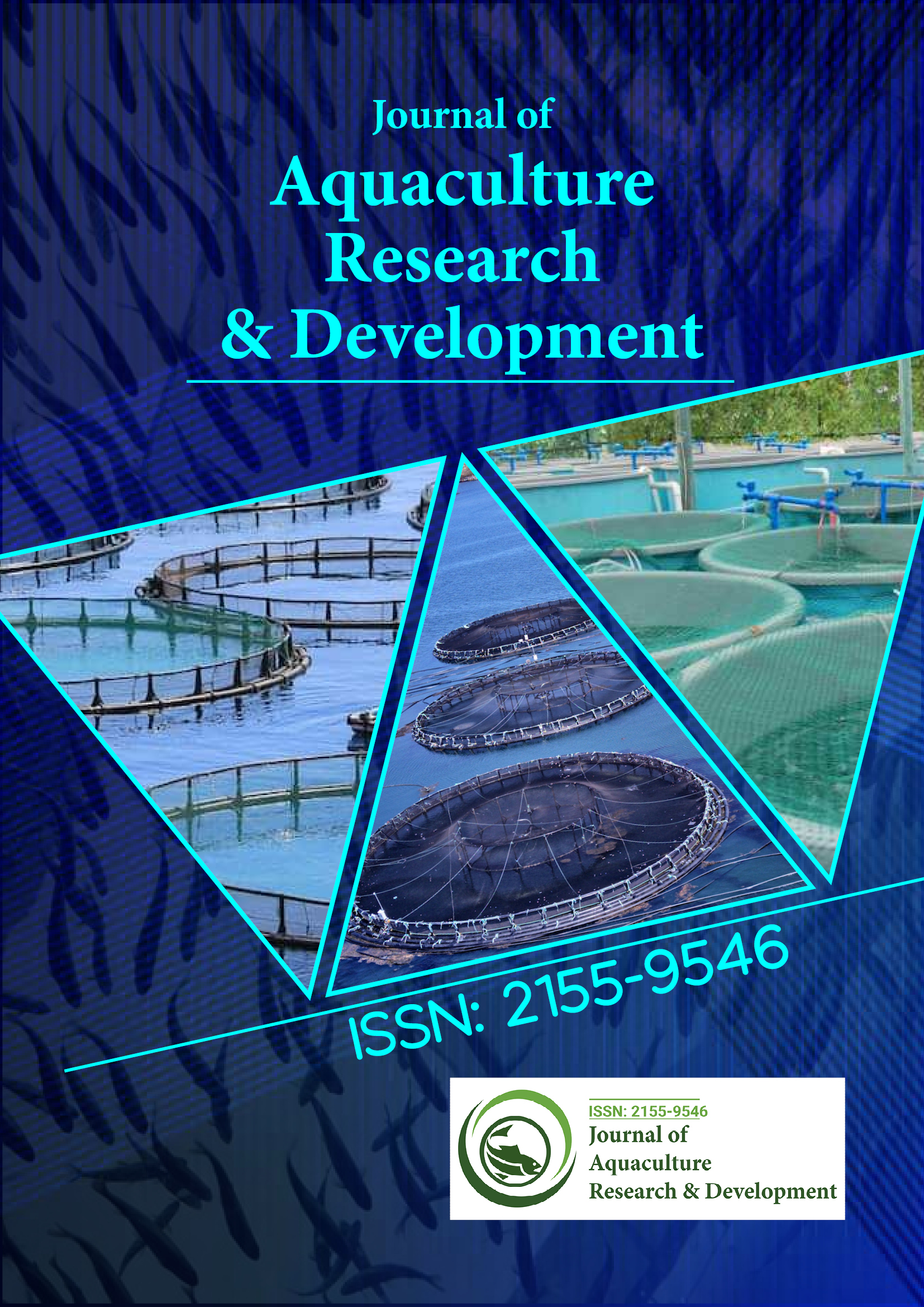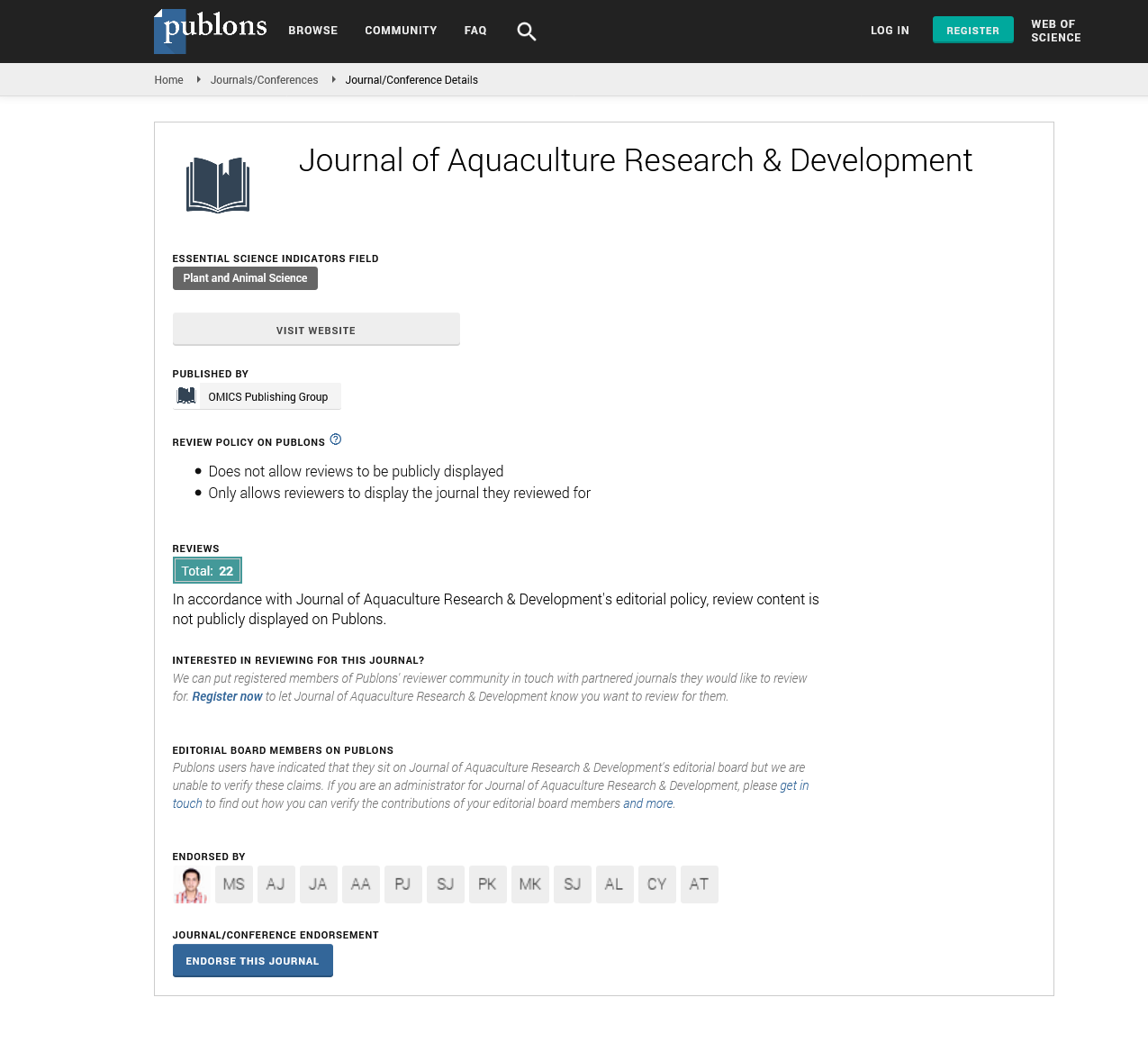Indexed In
- Online Access to Research in the Environment (OARE)
- Open J Gate
- Genamics JournalSeek
- JournalTOCs
- Scimago
- Ulrich's Periodicals Directory
- Access to Global Online Research in Agriculture (AGORA)
- Electronic Journals Library
- Centre for Agriculture and Biosciences International (CABI)
- RefSeek
- Directory of Research Journal Indexing (DRJI)
- Hamdard University
- EBSCO A-Z
- OCLC- WorldCat
- Scholarsteer
- SWB online catalog
- Virtual Library of Biology (vifabio)
- Publons
- MIAR
- University Grants Commission
- Euro Pub
- Google Scholar
Useful Links
Share This Page
Journal Flyer

Open Access Journals
- Agri and Aquaculture
- Biochemistry
- Bioinformatics & Systems Biology
- Business & Management
- Chemistry
- Clinical Sciences
- Engineering
- Food & Nutrition
- General Science
- Genetics & Molecular Biology
- Immunology & Microbiology
- Medical Sciences
- Neuroscience & Psychology
- Nursing & Health Care
- Pharmaceutical Sciences
Commentary - (2025) Volume 16, Issue 2
Automated Feeding Optimization in Shrimp Hatcheries
Rhea Calderon*Received: 03-Feb-2025, Manuscript No. JARD-25-28615; Editor assigned: 05-Feb-2025, Pre QC No. JARD-25-28615 (PQ); Reviewed: 19-Feb-2025, QC No. JARD-25-28615; Revised: 26-Feb-2025, Manuscript No. JARD-25-28615 (R); Published: 05-Mar-2025, DOI: 10.35248/2155-9546.25.16.960
Description
Feeding efficiency plays a key role in the successful operation of shrimp hatcheries, directly influencing growth rates, survival, water quality, and overall profitability. Traditional manual feeding methods, while widely practiced, often result in feed wastage, inconsistent delivery, and suboptimal growth performance due to human error or inefficiencies in timing and distribution. As hatchery operations scale up and the demand for sustainable and efficient shrimp farming intensifies, the application of automated feeding systems presents a transformative solution. These systems, enhanced by sensorbased control and data analytics, offer precise and timely feed delivery customized to shrimp behavior and environmental parameters, thereby optimizing both biological outcomes and resource utilization.
The fundamental principle behind automated feeding in shrimp hatcheries is to synchronize feed supply with the actual demand of the shrimp population. Automated feeders can be programmed to dispense specific quantities of feed at predetermined intervals or dynamically adjust feeding schedules in response to real-time data collected from sensors or behavioral cues. This approach contrasts sharply with traditional fixed feeding regimens, which often fail to account for diurnal variations in feeding activity or the influence of environmental stressors such as fluctuations in temperature, dissolved oxygen, or salinity.
Recent advancements in artificial intelligence, machine learning, and remote sensing have enabled the development of intelligent feeding systems that learn from historical feeding patterns, shrimp growth data, and real-time environmental monitoring. These systems integrate underwater cameras, motion detectors, and acoustic sensors to detect shrimp feeding activity, adjust feeding rates, and avoid overfeeding. This real-time feedback mechanism ensures that feed is only delivered when shrimp are actively foraging, minimizing waste and improving Feed Conversion Ratios (FCR).
Studies conducted in commercial hatcheries using automated feeding systems have reported significant improvements in shrimp survival and growth uniformity. In particular, post-larval shrimp show enhanced development when provided with microdoses of feed throughout the day, which automated systems can efficiently deliver. Moreover, precise feeding reduces the accumulation of uneaten feed and organic waste in rearing tanks, which in turn maintains better water quality, reduces ammonia build-up, and lowers the risk of disease outbreaks a key concern in hatchery environments.
Another important benefit of automated feeding is labor efficiency. Hatchery staff are freed from the repetitive task of manual feeding and can focus on monitoring, health assessment, and system maintenance. This shift not only improves labor productivity but also reduces human-induced variation in feeding practices. Additionally, data collected from automated feeding events can be archived and analyzed to inform decisions on stocking density, diet formulation, and overall hatchery management strategies.
Despite these advantages, the adoption of automated feeding systems is not without challenges. Initial capital investment remains a barrier, especially for small-scale hatcheries operating on tight margins. Equipment calibration, maintenance, and the need for technical training of staff to manage the systems also pose hurdles to widespread adoption. Furthermore, the behavior of shrimp in response to automated feeding can vary depending on species, developmental stage, and environmental conditions, necessitating fine-tuning of system parameters for optimal results.
In recent years, manufacturers and aquaculture technology providers have made progress in addressing these limitations by offering cost-effective, modular systems suitable for various hatchery scales. Some systems incorporate solar-powered components to reduce energy costs, while others feature cloudbased interfaces for remote monitoring and control. Collaborative research between academia, industry, and hatchery operators is driving innovation, leading to smarter, more adaptive feeding systems.
The integration of automated feeding in shrimp hatcheries represents a significant step toward the modernization and sustainability of aquaculture. By enhancing feed efficiency, reducing environmental impact, and improving shrimp health, these systems align with the broader goals of precision aquaculture and responsible farming. As technological barriers continue to diminish and awareness of its benefits grows, automated feeding is expected to become an integral part of shrimp hatchery operations worldwide, ensuring consistent, high-quality seedstock production to support the expanding aquaculture sector.
Citation: Calderon R (2025). Automated Feeding Optimization in Shrimp Hatcheries. J Aquac Res Dev. 16:960.
Copyright: © 2025 Calderon R. This is an open access article distributed under the terms of the Creative Commons Attribution License, which permits unrestricted use, distribution, and reproduction in any medium, provided the original author and source are credited.

